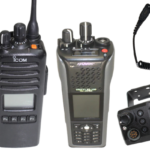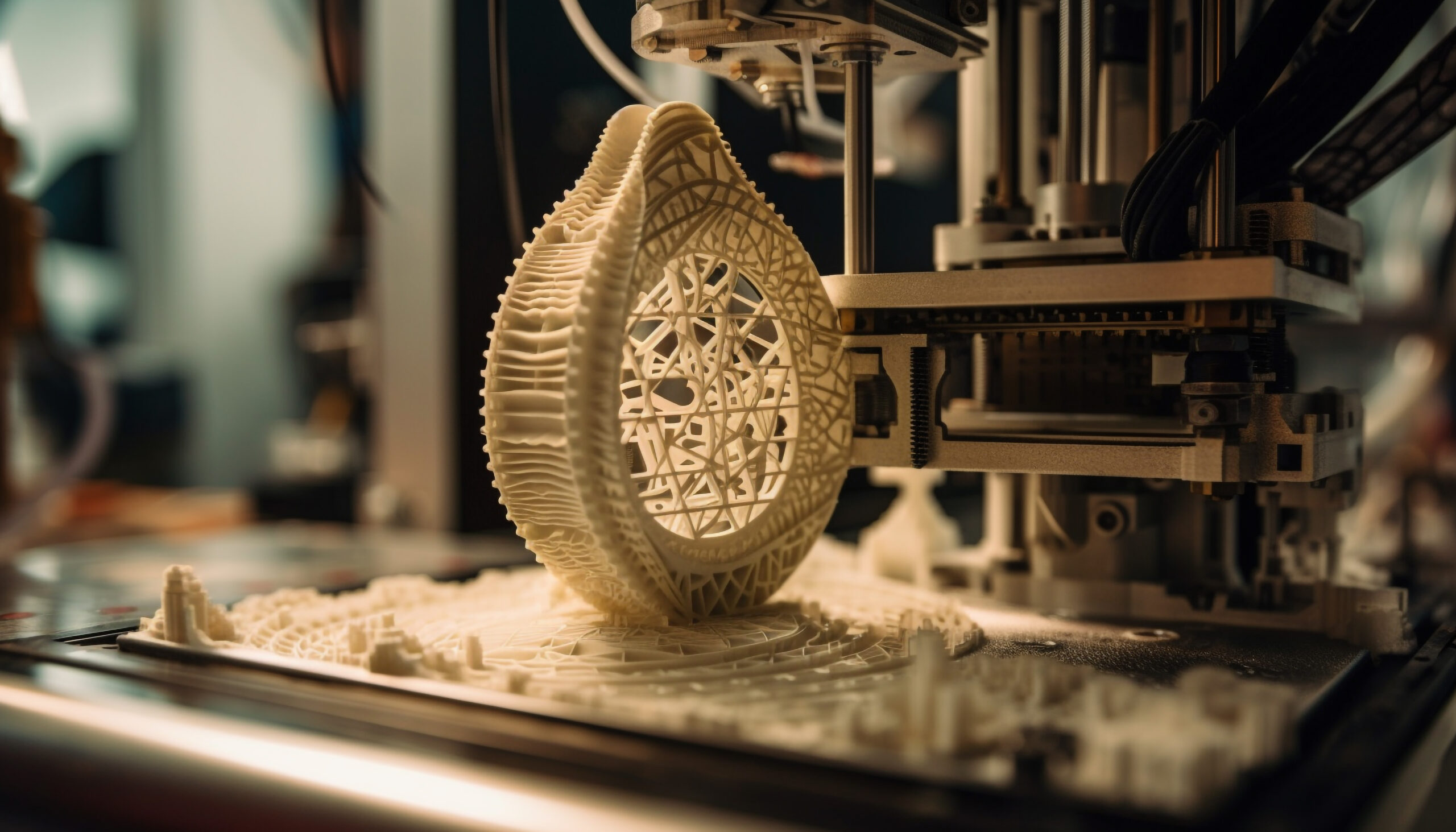Industrial equipment needs to be handled with care. Therefore, a reliable solution would be required for the protection of the equipment from dust, vibration, or even leakages. In such scenarios, air-activated seals and bladders can be extremely effective.
In any industrial equipment, the integrity of a seal and its shock absorption capabilities are significant aspects of concern. Air-activated seals and inflatable bladders are flexible and can offer an adaptable and responsive solution for equipment safety and protection. This blog will explore this concept in depth.
What Are Flexible Air-Activated Seals and Bladders?
Air-activated seals usually refer to inflatable rubber seals that expand in the presence of air pressure and create a barrier. They can be used in multiple applications due to their ability to provide a leak-proof seal by using air pressure. Thus, a common usage for them is as seals for industrial machinery.
Alternatively, flexible inflatable bladders can expand and contract to fit the cross-sections of pipes, providing a customizable solution to absorb shocks, grip, and fix industrial parts in position. Inflatable bladder products, therefore, can also be powerful sealants in equipment.
Air pumps, airflow valves, and pressure systems are used for the flexible air-activated seals and bladders, as they primarily operate on airflow.
Key Benefits for Equipment Safety
Now that it is clear what air-activated seals and bladders do, it is time to look at how their capabilities benefit the safety of industrial equipment. Some of the primary benefits of these seals and bladders on equipment safety can be stated as:
Adaptive Sealing Under Pressure
Both industrial seals and bladders, especially the ones that operate with air pressure, can lead to them being capable of airtight sealants within machinery. They can expand to fill irregular gaps and make variable tolerances more seamless.
Inflatable rubber seals and bladders can be flexible due to their ability to expand or contract to seal gaps, make uneven surfaces more even, and improve movement between parts. This is a form of dynamic adaptability allowing for leak-free performance in any condition.
They are useful for doors and hatches, as they can maintain seals while accommodating movements and vibrations.
Shock Absorption and Vibration Damping
Air-activated inflatable bladder products and seals can not only handle movements and vibrations, but they can even help with vibration dampening. When expanded, these seals use their elastomeric properties to absorb vibrations and reduce their transmission. Elastomeric properties usually imply elasticity, leading to flexibility to mitigate stress.
The elasticity of the air-activated seals and bladders allows them to withstand harsh conditions and even manage wear and tear, always returning to their original size and shape, helping extend equipment life.
Fail-Safe Mechanisms in Emergency Scenarios
Inflatable rubber seals and bladders can activate automatically in any scenario involving external stress. Therefore, in the case of emergencies, such as a pressure drop or machine failure, their activation can be a strong fail-safe mechanism.
They are used to stop, clamp, and contain systems to ensure safety in emergencies.
Reducing Mechanical Wear
A light and flexible seal is created. Therefore, the air-activated seals can minimize the friction between multiple moving parts. This, in high-speed or high-pressure scenarios, reduces the chance of significant wear due to friction between colliding parts.
Hence, inflatable bladder products and seals can reduce mechanical wear in the high-speed moving parts of automated machinery.
Common Industrial Applications
Understanding how flexible air-activated seals and bladders can be used for the safety of industrial equipment cannot be complete without identifying some use cases for them across various industries.
Here are a few examples of these use cases:
|
Industry |
Use Case |
|
Aerospace |
Door sealing, cargo restraints |
| Food and Pharmaceutical |
Containment enclosures, sanitary equipment seals |
|
Automotive |
Clamping and positioning systems |
|
Manufacturing |
Robotic end-effectors, vibration-damping |
|
Cleanrooms |
Airtight safety access systems, pressure isolation |
| Intermediate Bulk Containers |
Airtight seals on containers for moisture and light-sensitive drugs |
| Nuclear Power Plants |
Sealants for pool gates, airlocks, and access doors |
Table: Notable Use Cases for Air-Activated seals and bladders
Material & Design Considerations
Air-activated seals and bladders are generally made out of artificial rubbers, silicone, or other elastomers. Some of the most common materials that are used to make these seals and bladders are EPDM, Silicone, Neoprene, and Polyurethane.
Now, how would you choose which material will be the most suitable for your industry? You can choose based on some of the following properties:
|
Property |
Use Case |
|
Temperature tolerance |
Aerospace, semiconductor manufacturing |
| Chemical resistance |
Food and beverage, pharmaceuticals |
| Elasticity and fatigue resistance |
High-speed doors, nuclear vessels |
Table: Material properties of Air-Activated seals
Inflatable rubber seals and bladders are made in customizable shapes and designs based on their industrial needs. The usual shapes they are available in include:
- U-seals
- Tubes
- Collars
- Cuffs
Installation & Maintenance
A critical positive property of inflatable bladder products and seals is that they are easy to install. They are extremely scalable and can be easily installed through retrofitting into existing systems. Their elasticity and inflatability ensure that they can conform to any surface, simplifying the installation process.
They only require a basic air source and are operated by simplified control valves. This also implies that the installation process does not require specialist knowledge.
Moreover, air-activated seals and bladders do not require any major maintenance practices. Only periodic observation of air leaks and pressure calibration will be sufficient.
Summing Up
Air-activated seals and bladders can be excellent tools to ensure a form of responsive and reliable protection on industrial equipment. They are flexible, adaptive, and durable, making them add to aspects of operational efficiency and protection of critical systems and equipment.
Upgrade Your Safety Systems With Air-Activated Seals and Bladders!
Looking to enhance the safety systems of your industrial equipment? Adapt to the usage of inflated and air-activated seals and bladders today! They are easy to install and even easier to maintain while offering great levels of safety with flexibility and long-term durability.











